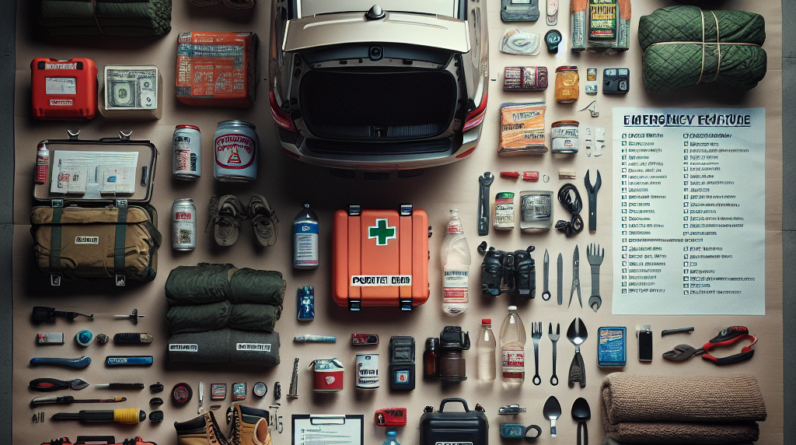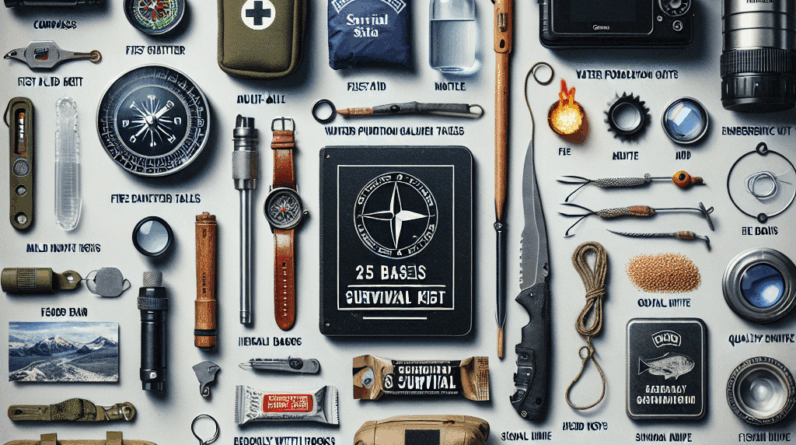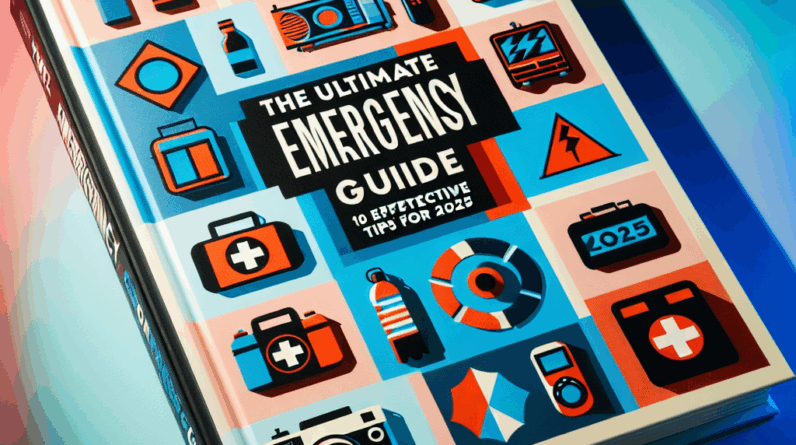
Ensuring your vehicle is ready for an emergency evacuation is crucial. This guide will cover the vital steps and tips to prepare your vehicle effectively, assemble necessary emergency kits, plan your evacuation routes, maintain your insurance, and keep a positive attitude during high-stress scenarios.
Check Your Vehicle’s Readiness
Start by examining all crucial fluid levels in your vehicle. It’s essential to check the engine oil, transmission fluid, brake fluid, and windshield washer fluid. Look out for any unusual colors or odors that could indicate underlying issues. Regular checks are vital, not just during imminent threats, to ensure your vehicle is always ready for a quick departure.
Tires are your direct contact with the road, so their condition and pressure are paramount. Regularly inspect your tires for any signs of wear or damage and check the air pressure. Properly maintained tires improve vehicle handling and fuel efficiency, which are crucial in an emergency.
The vehicle’s battery is another critical component to check regularly. Look for signs of corrosion and ensure all connections are secure. Keeping a jump starter in your trunk and considering timely battery replacement can prevent unexpected failures during emergencies.
Assemble an Emergency Kit
Your emergency kit should include essentials such as water, non-perishable snacks, a first-aid kit, flashlight, and blankets. Additionally, include tools, jumper cables, a local map, personal safety items like a whistle and pepper spray, and a phone charger. Regularly update your kit to replace used or expired items and adjust its contents based on seasonal changes and personal needs.
Plan Your Routes
Having multiple evacuation routes planned is essential. Familiarize yourself with alternative paths and practice driving them. Keep a physical map in your emergency kit as a reliable backup to digital maps. Stay informed about potential hazards and updates through apps, local news, and community resources. Establish and regularly review a communication plan with your family or travel companions.
Ensure Your Insurance is Up to Date
Understanding your insurance coverage is critical, especially for natural disasters like floods or fires. Regularly review your policy, keep your insurance documents organized and accessible, and take digital backups of important documents. Familiarize yourself with local emergency procedures to better prepare for compliance and safety during evacuations.
Maintain a Positive Attitude
Staying calm and positive during an emergency can significantly affect your ability to respond effectively. Practice mindfulness and breathing exercises to manage stress. Maintain a sense of humor and lean on your support network of friends and family. Regular discussions and practice of your emergency plans can also ease anxiety.
FAQ
1. How often should I check my vehicle’s readiness?
I recommend checking your vehicle’s readiness at least once a month, or more frequently if you’re in an area prone to emergencies or extreme weather.
2. What items should be included in an emergency kit?
Your emergency kit should include water, snacks, a first-aid kit, flashlight, flares, blankets, basic tools, and any personal safety items you may need.
3. Why is it important to plan my evacuation routes ahead of time?
Planning ahead allows you to have alternative routes, reducing stress and confusion during a real emergency when time is of the essence.
4. How can I maintain a positive attitude during emergencies?
Staying calm, leaning on your support system, incorporating humor, and practicing mindfulness can greatly help maintain a positive attitude during tough times.
5. What should I do if my insurance needs updating?
Regularly review your policy, check your coverage options, and consult with your agent to ensure you have the right protection in place.




